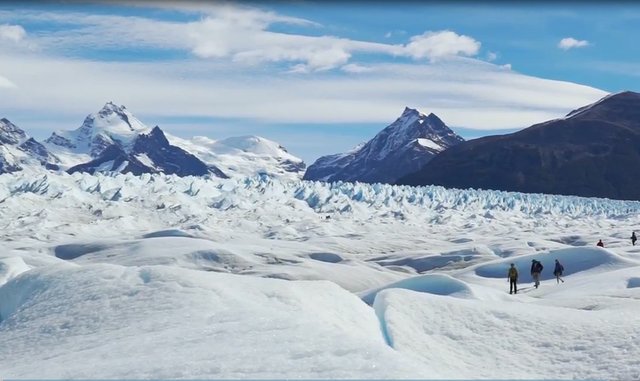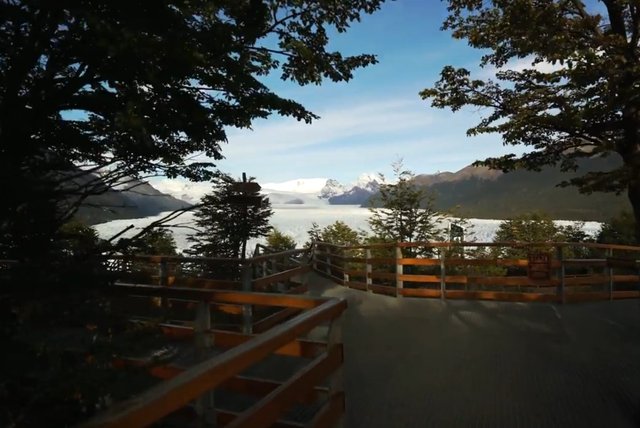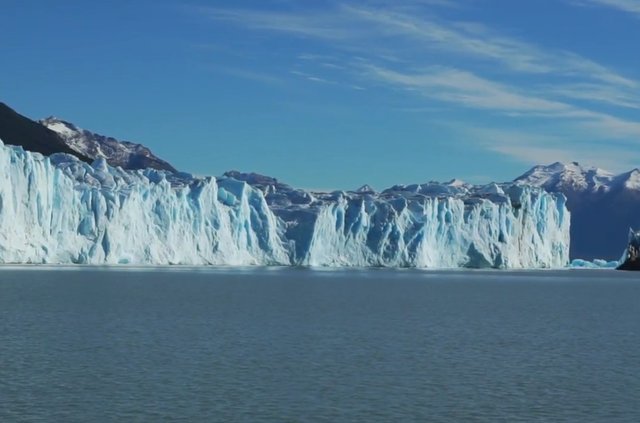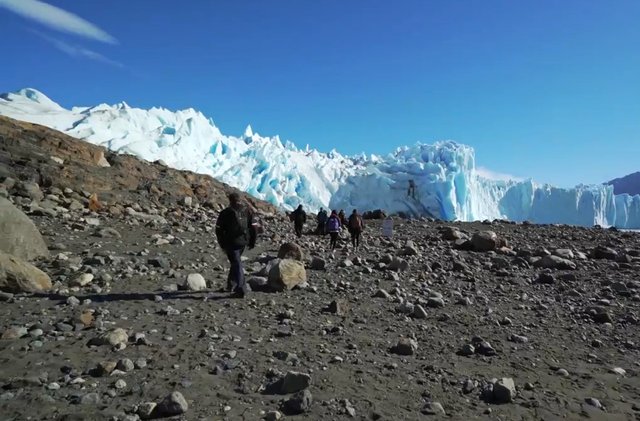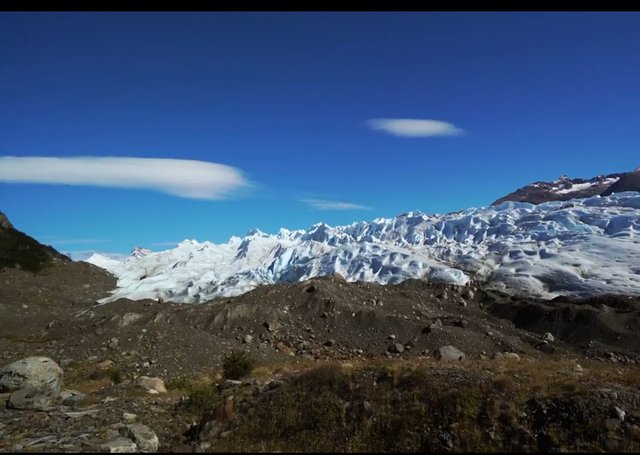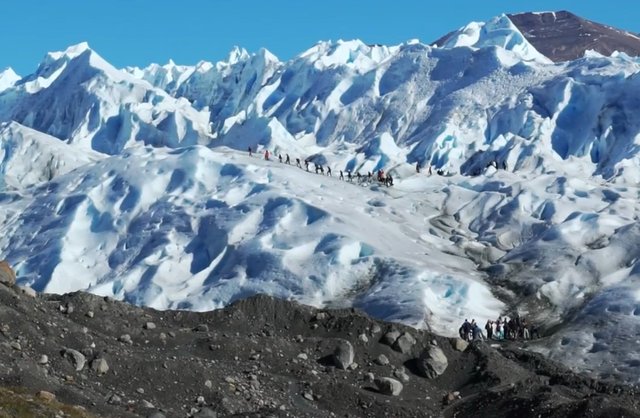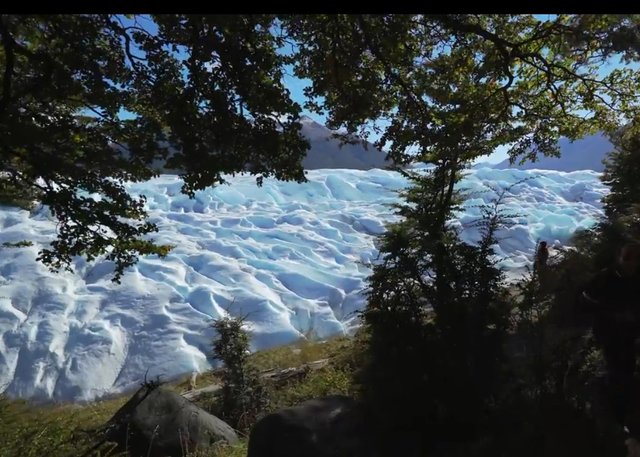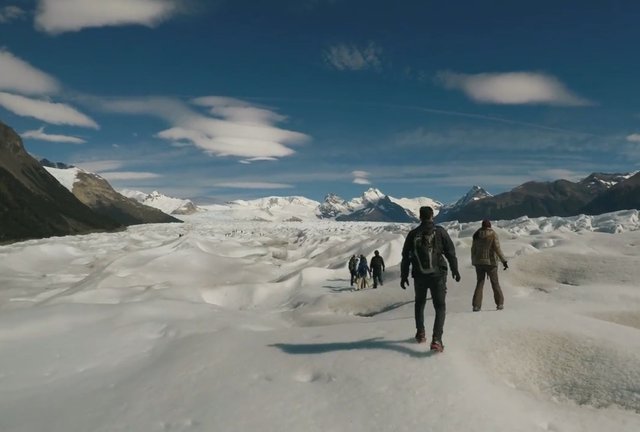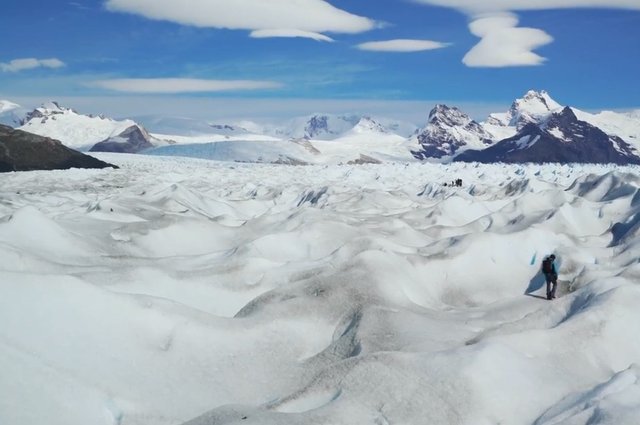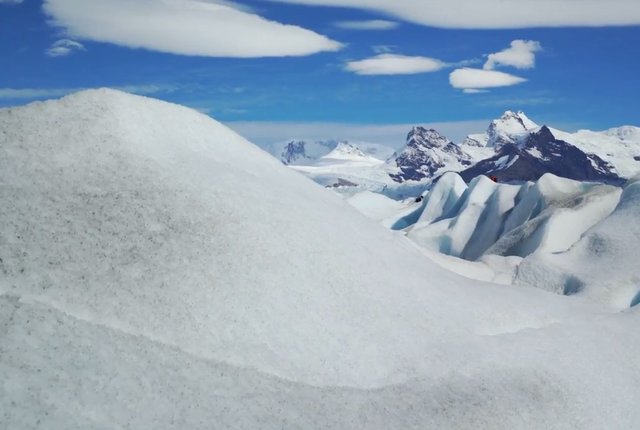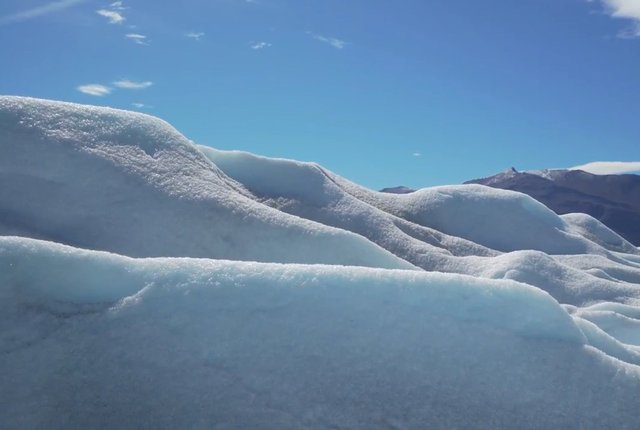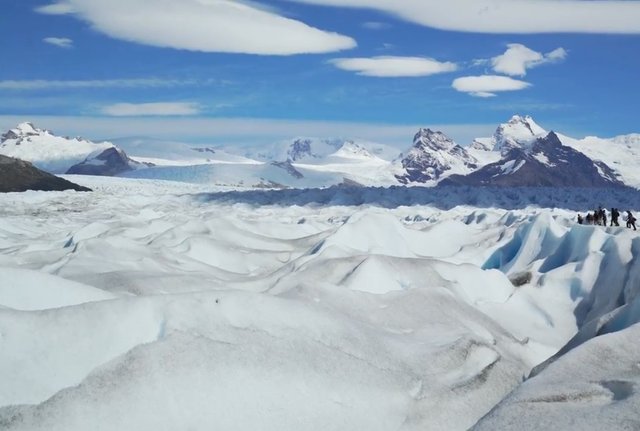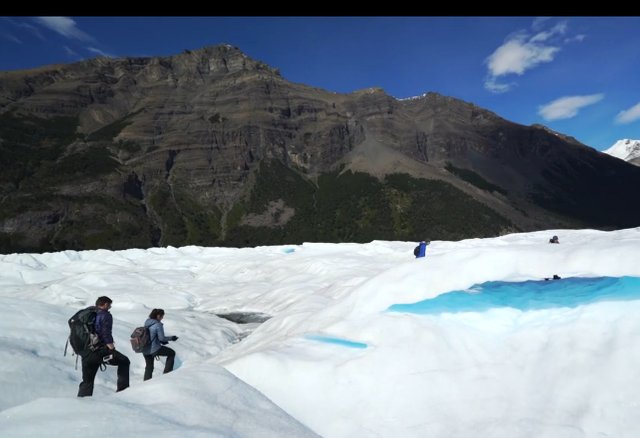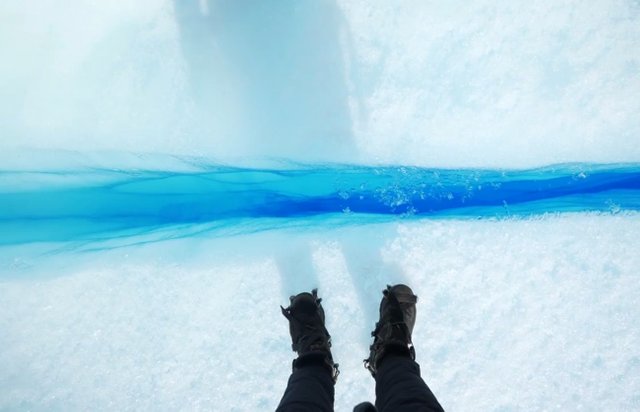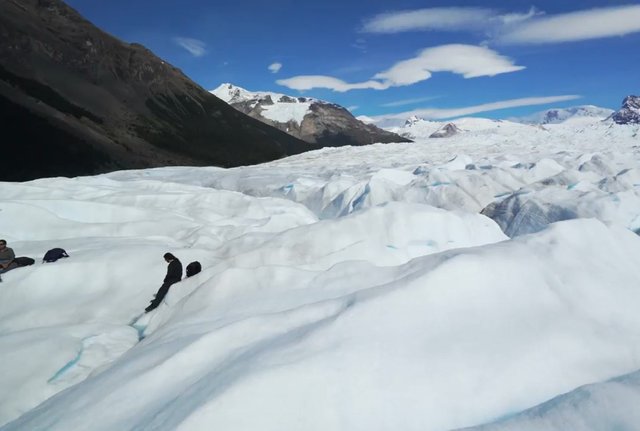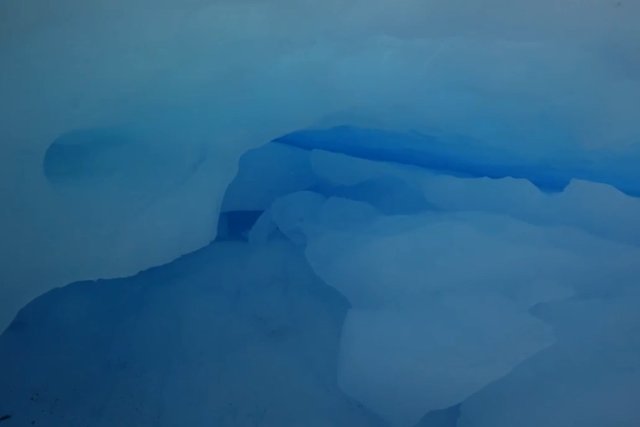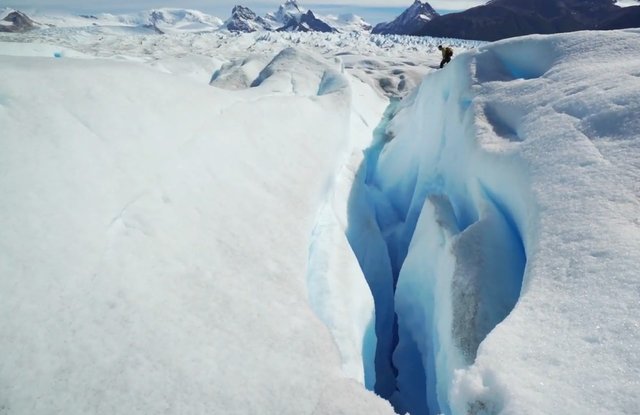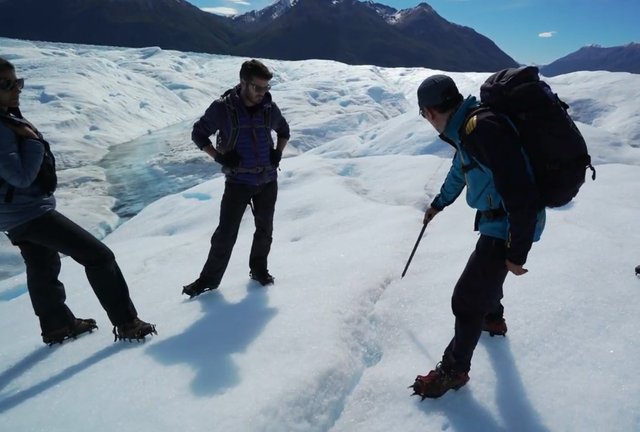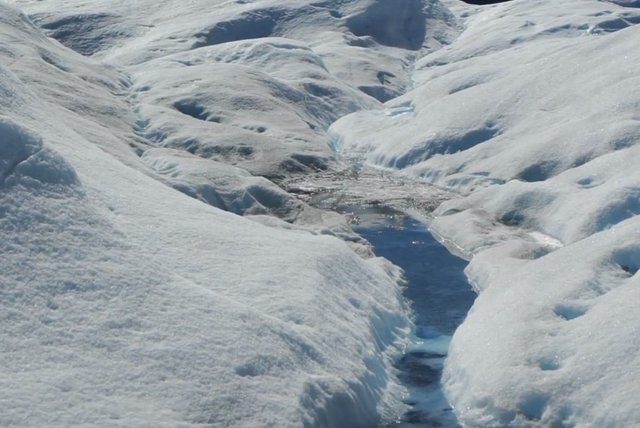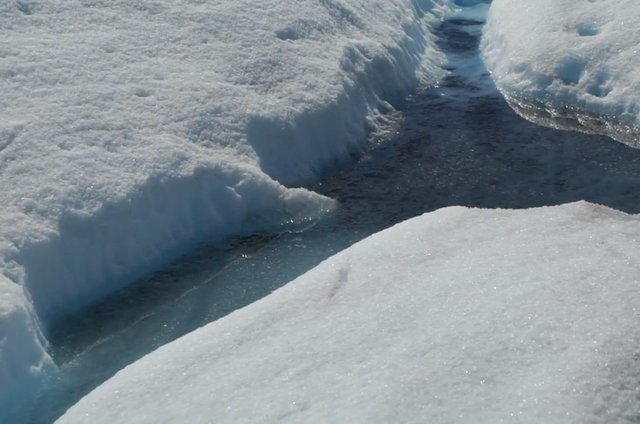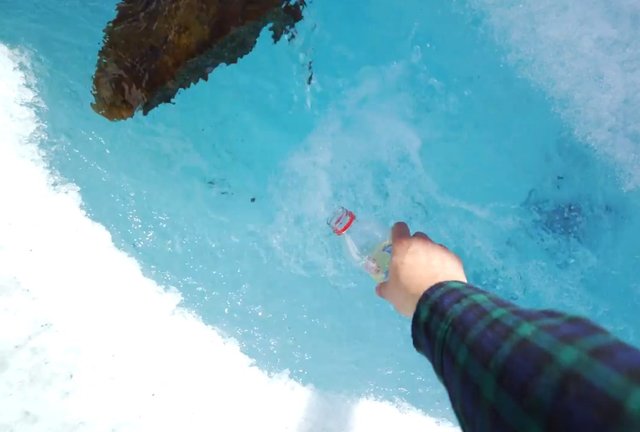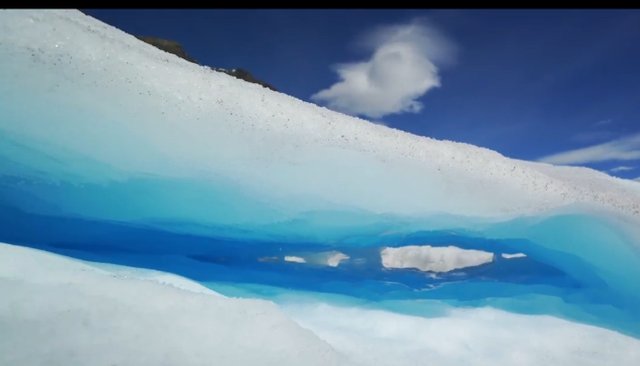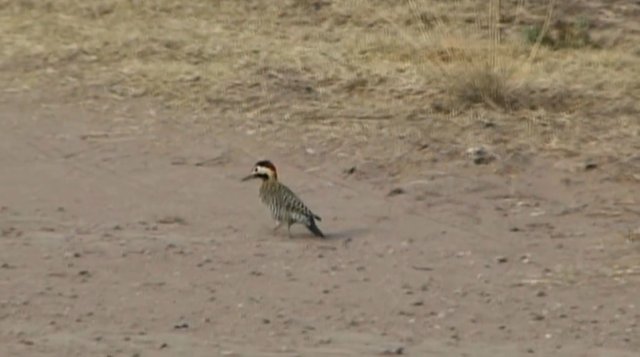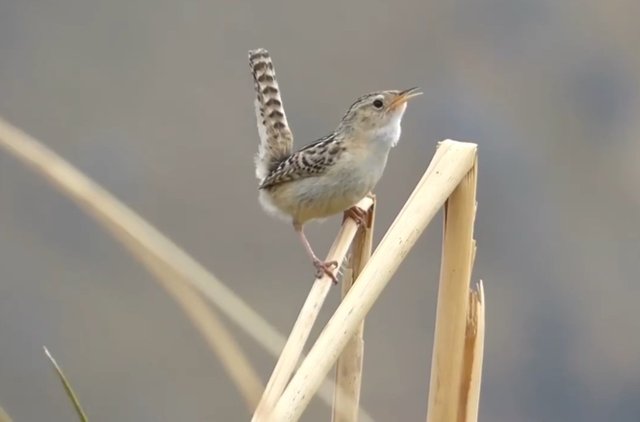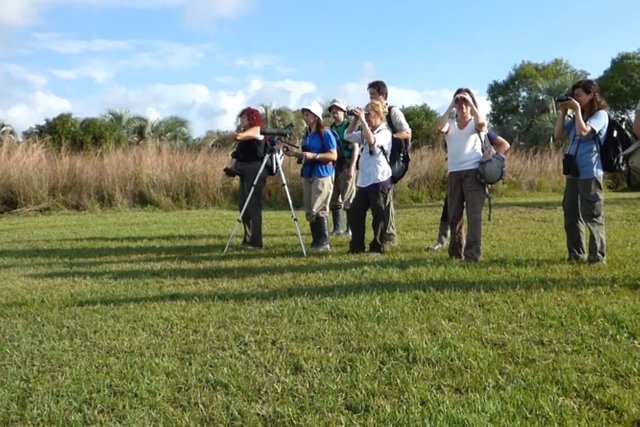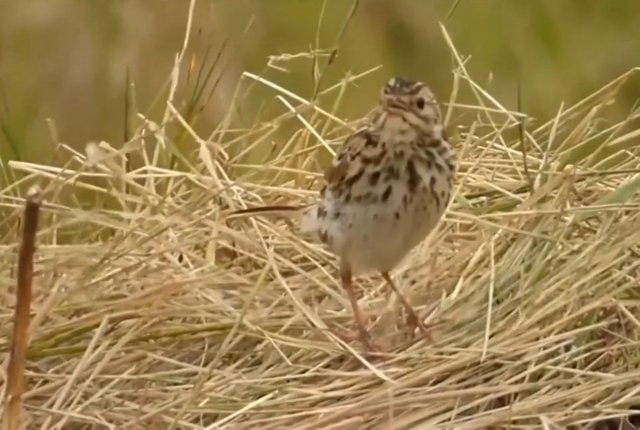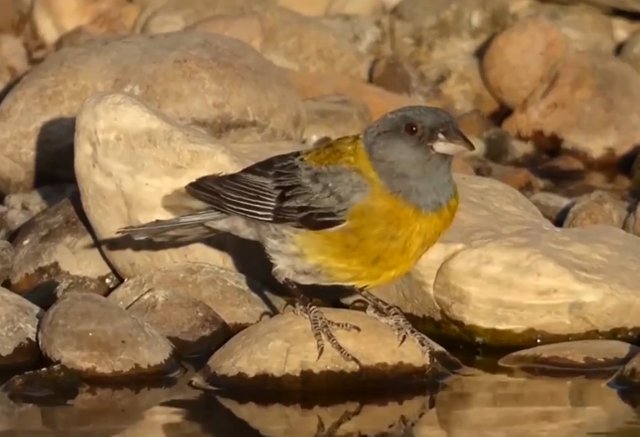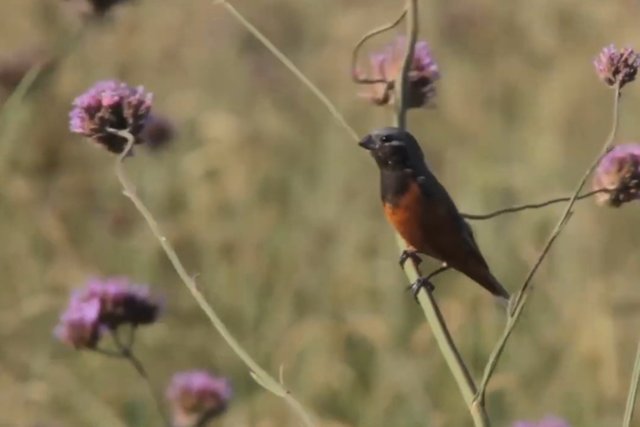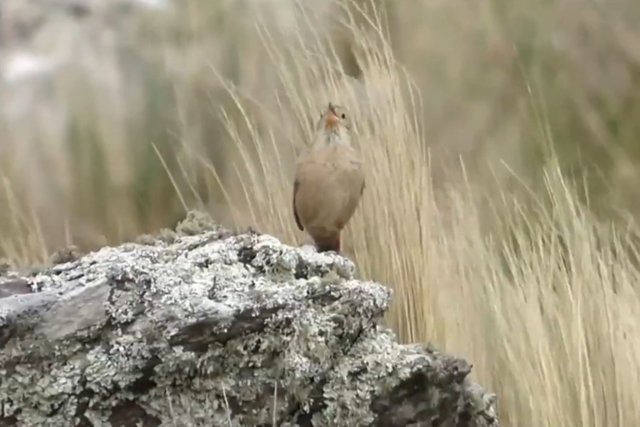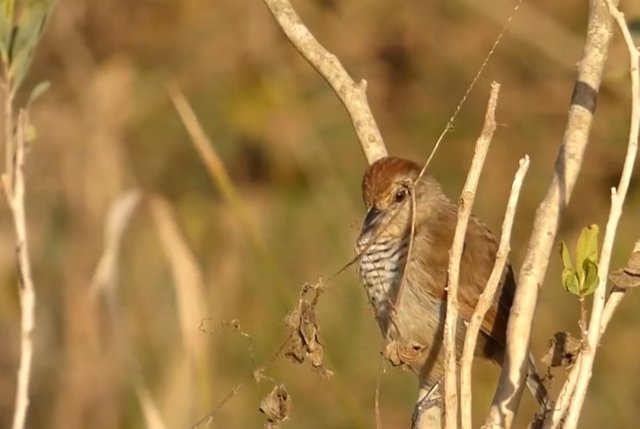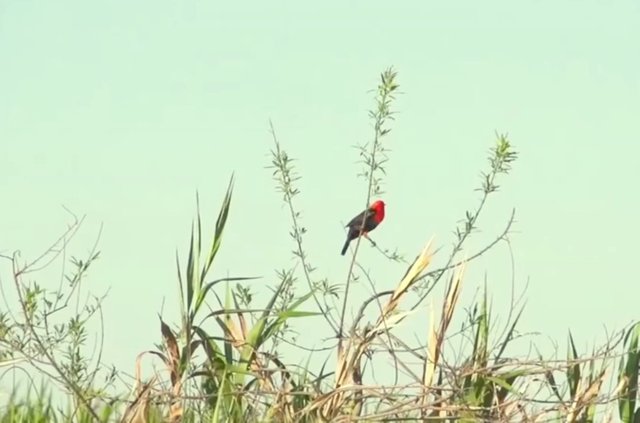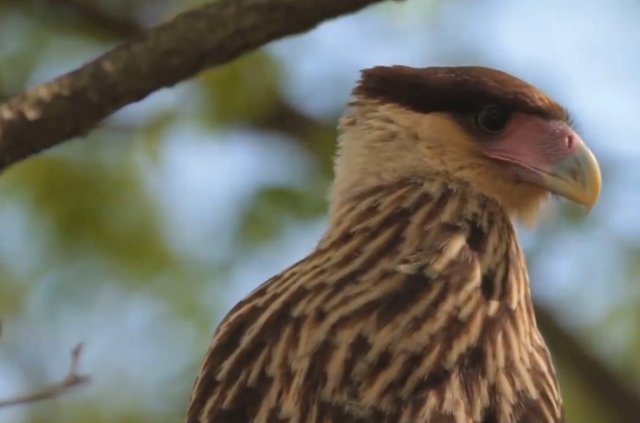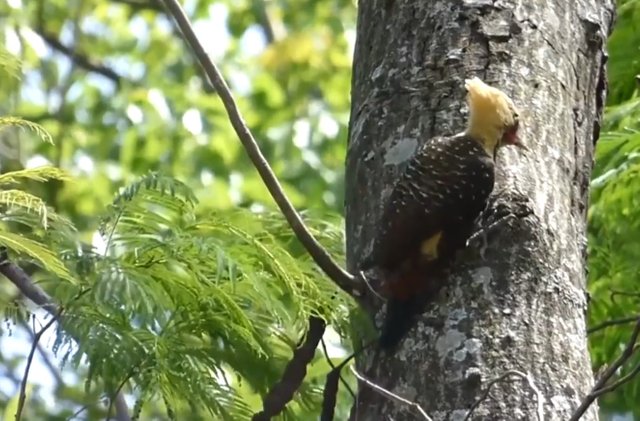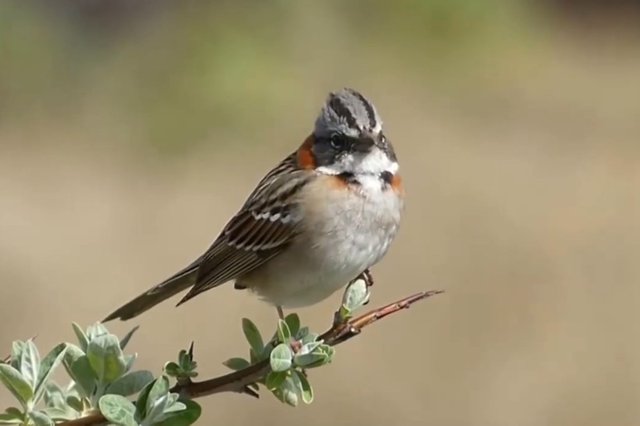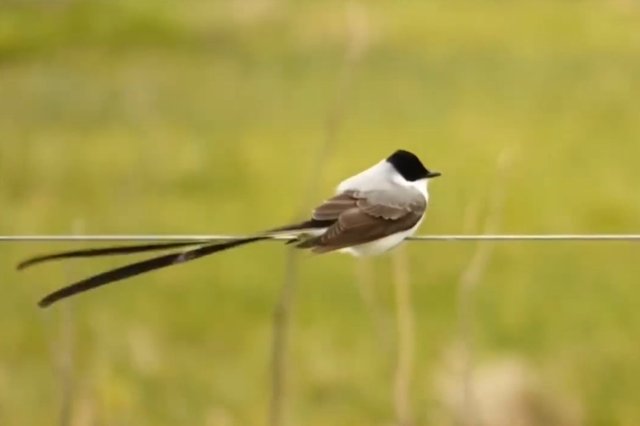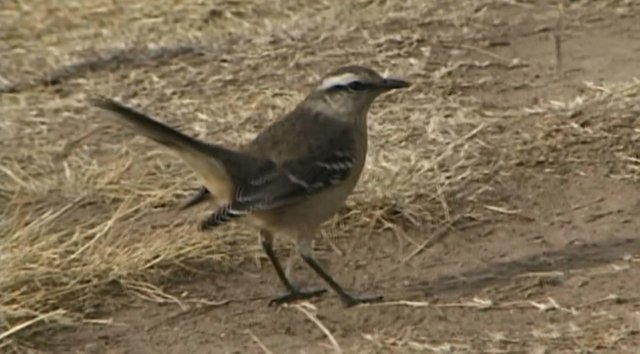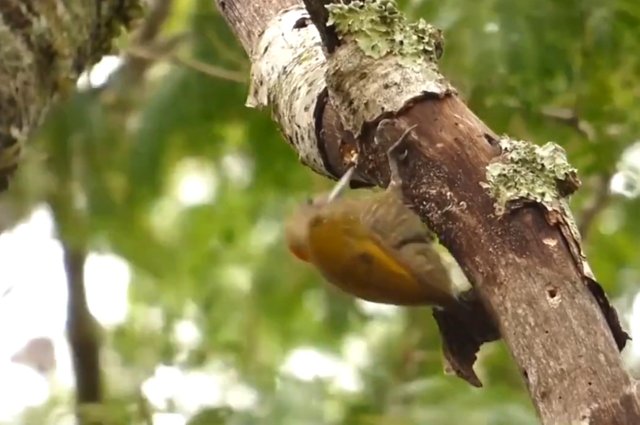When talking about La Pampa, we not only refer to the gateway to Patagonia but also to other features that characterize this province.
A little strange to tell the truth. The West begins to resemble true Patagonia. Aridity of the soil, scarcity of rains, large uncultivated areas, nonexistence of cattle.
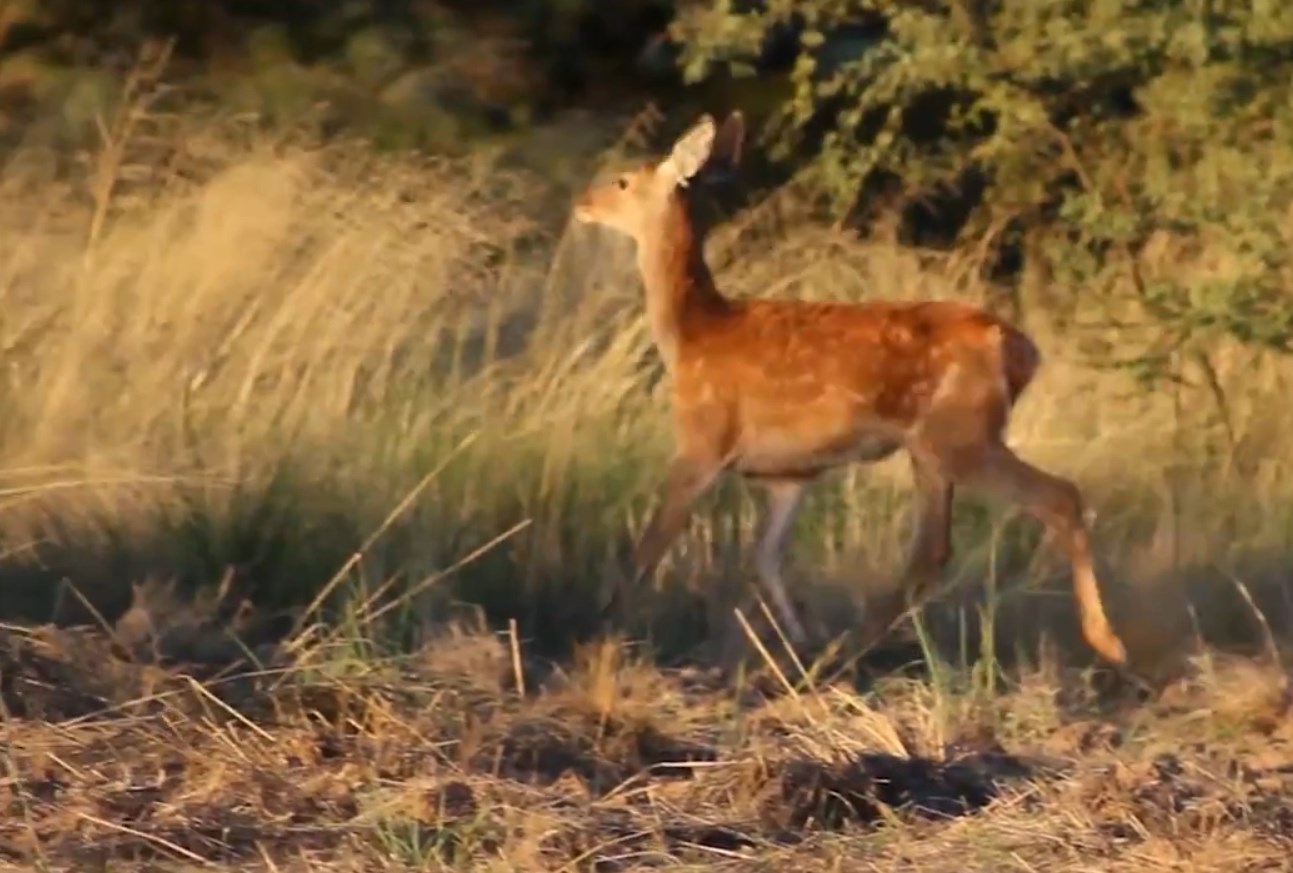
The North of the province, on the other hand, represents the best of the humid Pampa. Excellent soils, intensive crops, intensive livestock farming, etc.
But there are also some specific details.
The Parque Luro Provincial Reserve is a landmark. As well as Casa de Piedra, the Caldenal, the Utracán lagoon and other lesser-known places.
Today I am going to talk about one of the aspects that most attract attention (and concentrate the visit of numerous tourists) such as the deer bellow.
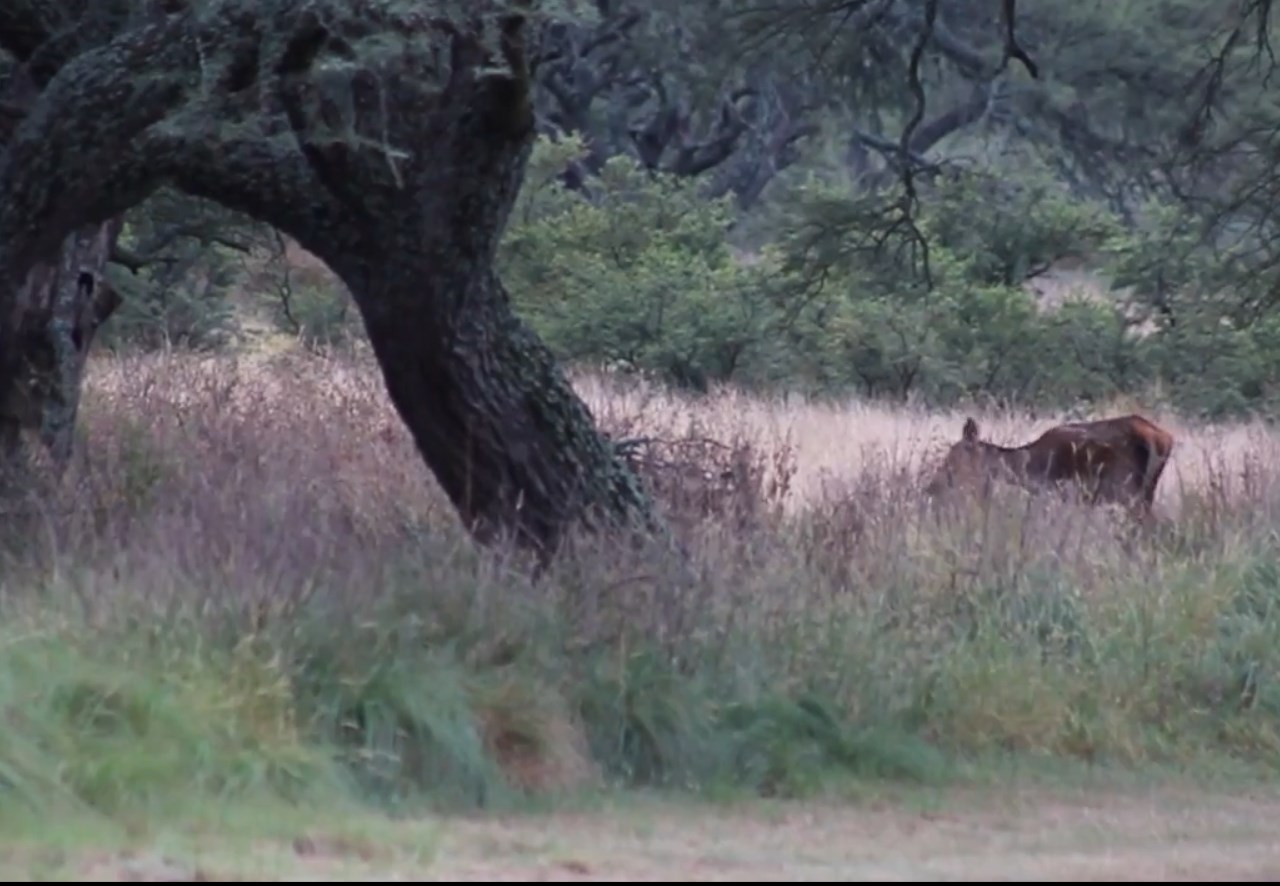
What is the deer bellow?
Around 1,500 red deer live in the Pedro Luro Provincial Park in the middle of the caldenes forest. The caldenal. The largest reserve of caldenes on the planet.The bellow is the cry they emit calling the females to form their harem.
You have to be very cautious to observe this show. Because deer have a very fine nose. And if they detect the presence of intruders in the vicinity they do not gather. They don't bellow.
They are very respectful of your privacy.
Before seeing them the red deer sit down. Walking down a hill (an open path in the middle of the vegetation) suddenly you feel a scream, a very particular howl.
It is a red deer that is bellowing, that is calling the females to woo them.
The show is to see the entire herd bellowing. It is breathtaking and beautiful. It is like seeing nature reproducing itself.
The curious thing is that the concept of family as a group does not exist among red deer.
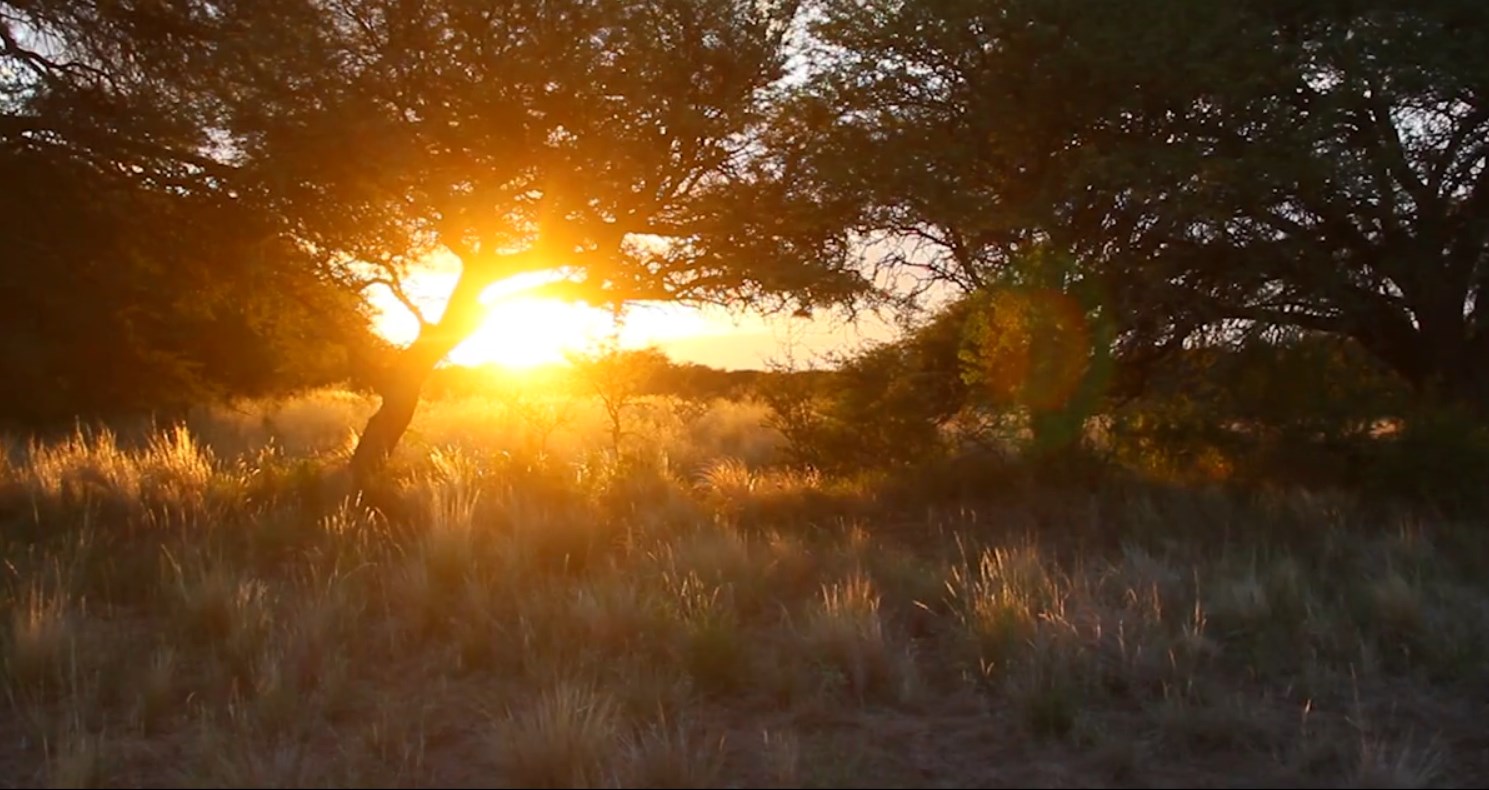
A lonely life.
The male lives among males in a group of 2 or 3 maximum.
Only in the fall does he approach the females to breed them.
Between March and April a hormonal process is triggered in the females that takes them only at that time of the year to the heat period.
The bellows of the males echo in the 7,600 hectares of caldenes, piquillín, grasslands, in the caldenes forest, amid the almost 200 species of birds that inhabit the forest.
You can't sleep at night during the roar period, says one of the park rangers.
During this period, males hardly eat. They spend their days bellowing, copulating with the females they have earned and fighting among themselves.
Sometimes they become entangled in their own antlers and, unable to unlock them, die. Tired to infinity. Resigned to their own destiny.
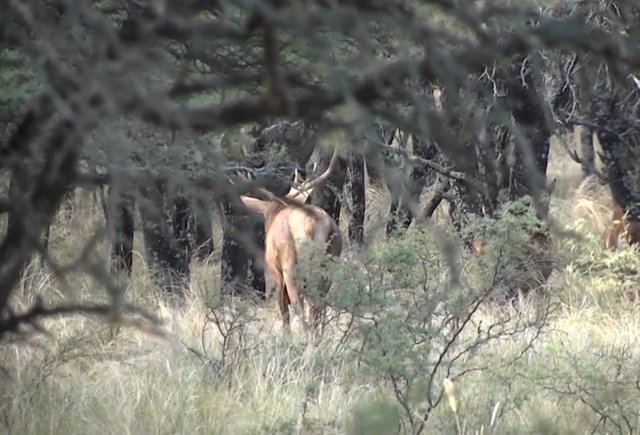 | 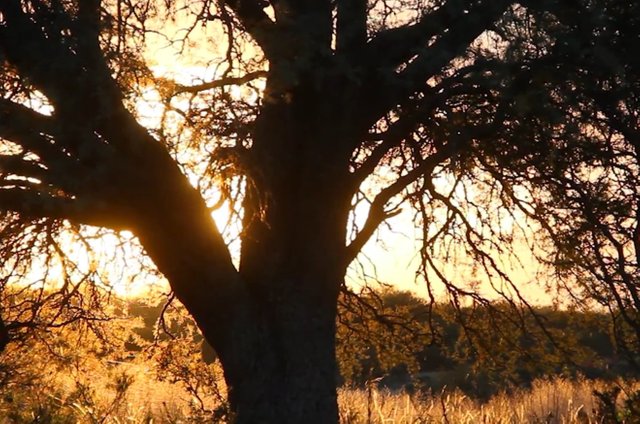 | 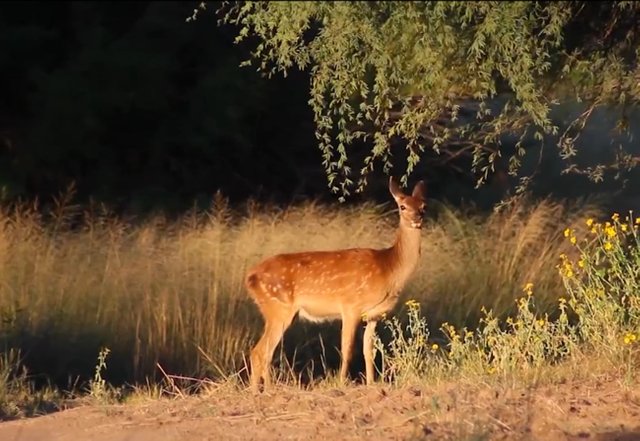 |
|---|---|---|
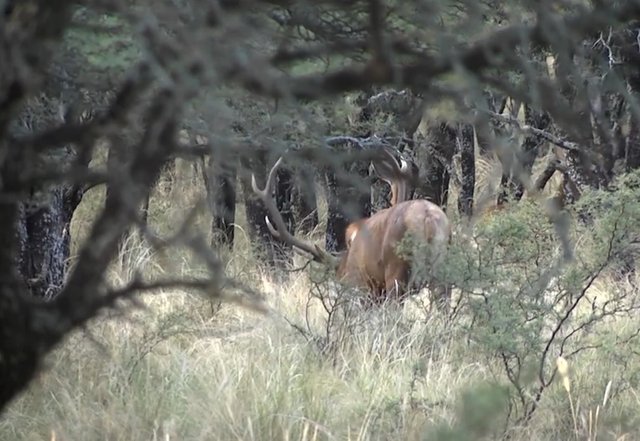 | 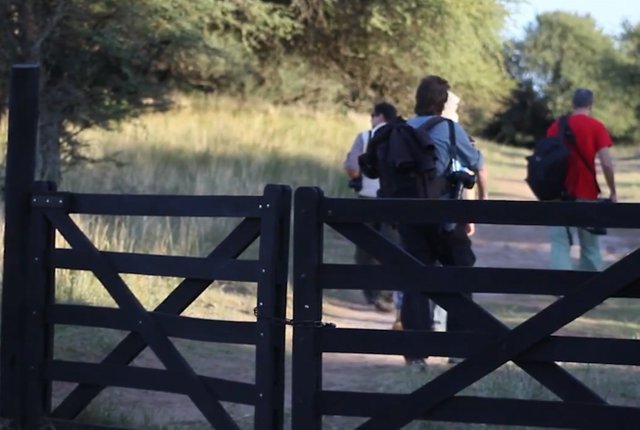 |  |
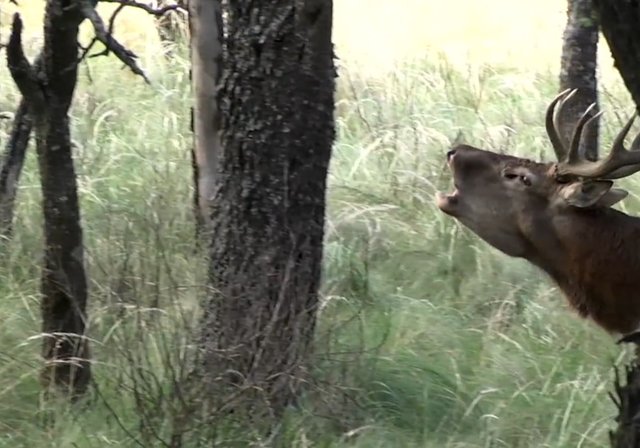 | 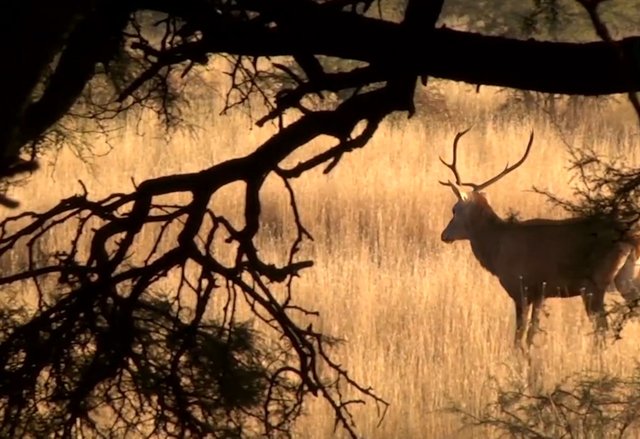 | 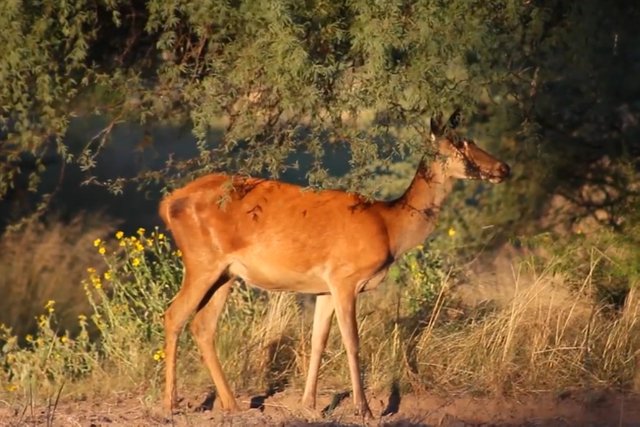 |
|---|---|---|
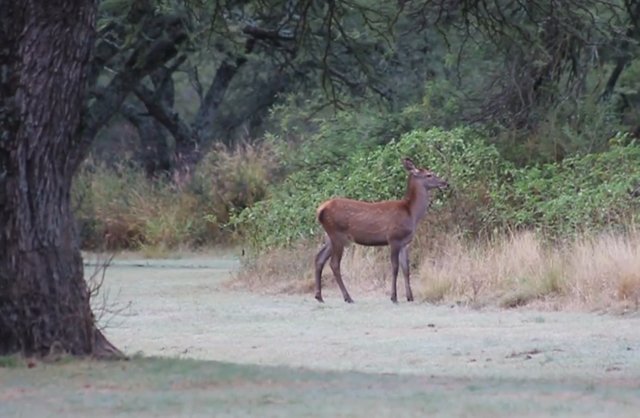 | 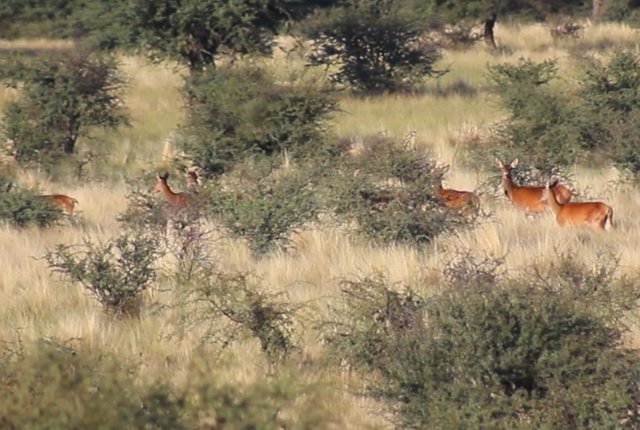 | 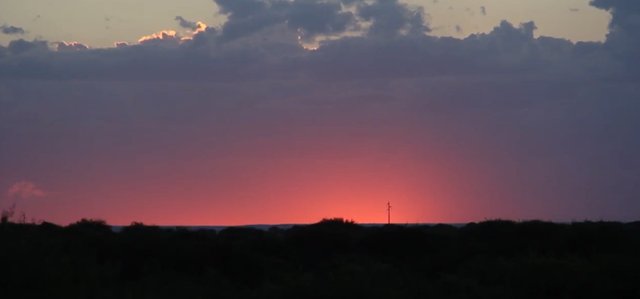 |

